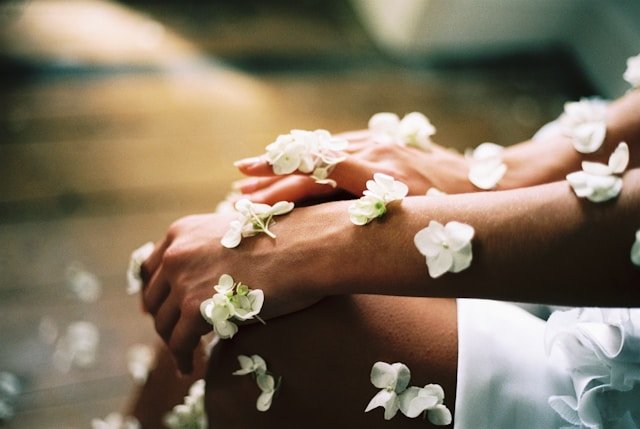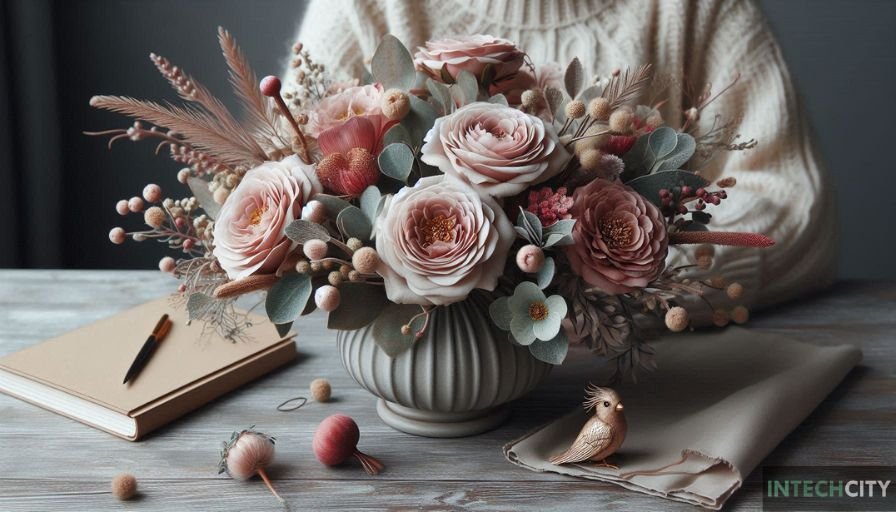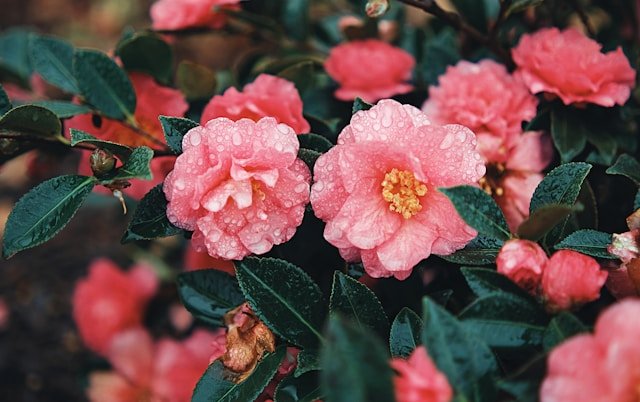Flowers have long been symbols of beauty, love, and nature’s elegance. Their vibrant colors, intricate shapes, and delightful fragrances make them a universal language of expression. In this article, we will explore what makes flowers truly beautiful, focusing on the concept of “Beautiful:By5oj2_Qmci= Flowers,” a term that captures the essence of floral beauty in its most profound sense.
The Concept of “Beautiful:By5oj2_Qmci= Flowers”
What Does “Beautiful:By5oj2_Qmci= Flowers” Mean?
The term “Beautiful:By5oj2_Qmci= Flowers” is not a standard phrase but seems to represent an abstract concept or code, likely used in specific contexts such as online floral collections or digital art. While it might initially appear as a cryptic code, we can interpret it as a representation of flowers that embody the highest standards of beauty.
Interpreting Floral Beauty
When we talk about beautiful flowers, we are often referring to their visual appeal, but beauty in flowers can also be defined by their scent, symbolism, and even their role in ecosystems. Let’s break down these aspects to understand what makes flowers truly beautiful.
Visual Appeal: Colors and Shapes
The Spectrum of Colors
Flowers come in a myriad of colors, each with its own significance and emotional impact. From the passionate reds of roses to the calming blues of forget-me-nots, color plays a vital role in the beauty of flowers.
- Red Flowers: Symbolize love, passion, and energy.
- Blue Flowers: Represent tranquility, peace, and loyalty.
- Yellow Flowers: Evoke feelings of happiness, optimism, and warmth.
- White Flowers: Signify purity, innocence, and simplicity.
Unique Shapes and Patterns
The shape of a flower contributes significantly to its beauty. Some flowers, like the delicate orchid, have intricate and exotic shapes that captivate the viewer’s attention. Others, like the sunflower, are simpler but no less beautiful, radiating warmth and positivity.
Combining Colors and Shapes
The true magic of flowers often lies in how they combine color and shape. Consider the lily, with its graceful petals and vibrant hues, or the tulip, known for its bold and symmetrical appearance. The combination of these elements creates a visual feast that is both soothing and inspiring.
Fragrance: The Scent of Beauty

The Role of Fragrance in Floral Beauty
While flowers are visually stunning, their fragrance adds another layer to their beauty. The scent of a flower can evoke memories, uplift moods, and even have therapeutic effects.
- Lavender: Known for its calming scent, lavender is often used in aromatherapy.
- Jasmine: A sweet, exotic fragrance that is both romantic and intoxicating.
- Rose: The classic floral scent, often associated with love and romance.
- Lilac: A fresh, springtime fragrance that is both nostalgic and uplifting.
How Scent Complements Visual Beauty
A flower’s fragrance often complements its visual appeal. For instance, a rose’s deep red color paired with its heady scent creates an overall sensory experience that defines its beauty. Similarly, the light fragrance of a daisy matches its simple, cheerful appearance, making it a favorite in gardens and bouquets.
Symbolism: The Meaning Behind the Beauty
The Language of Flowers
Flowers have been used throughout history to convey messages and emotions. This symbolic language, known as floriography, assigns meanings to different flowers, adding depth to their beauty.
- Roses: Depending on the color, roses can symbolize love, friendship, or mourning.
- Daisies: Often associated with innocence and purity.
- Lilies: Represent renewal, especially in religious and cultural contexts.
- Orchids: Symbolize luxury, strength, and rare beauty.
Cultural Significance
Different cultures have their own interpretations of floral beauty. In Japan, the cherry blossom is celebrated for its fleeting beauty, symbolizing the transient nature of life. In India, the lotus flower is a symbol of purity and enlightenment, deeply embedded in religious and cultural traditions.
Flowers in Ecosystems: The Hidden Beauty

Flowers as Pollinators
Beyond their aesthetic appeal, flowers play a crucial role in ecosystems as pollinators. Their beauty is not just for human enjoyment but also serves to attract pollinators like bees, butterflies, and birds, which are essential for the reproduction of many plants.
Ecological Balance
The beauty of flowers also lies in their contribution to ecological balance. They provide food and habitat for various species, helping to maintain biodiversity. In this way, the beauty of flowers extends beyond what we see and smell, playing a vital role in sustaining life on Earth.
Conclusion
The beauty of flowers, represented by the concept of “Beautiful:By5oj2_Qmci= Flowers,” is a multifaceted phenomenon that encompasses color, shape, fragrance, symbolism, and ecological importance. Whether admired in a garden, given as a gift, or observed in the wild, flowers captivate our senses and enrich our lives in countless ways.


